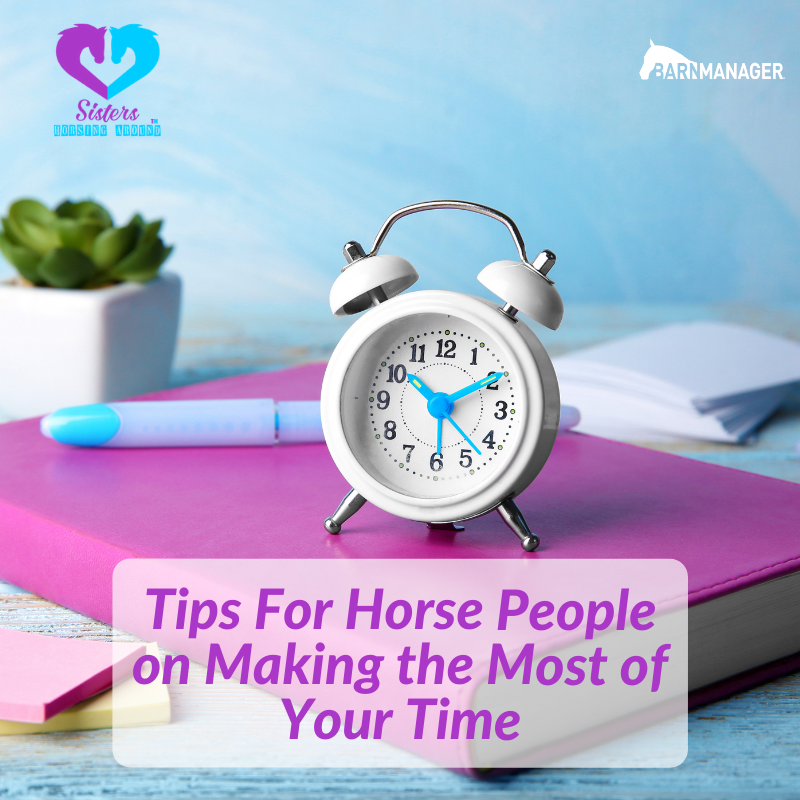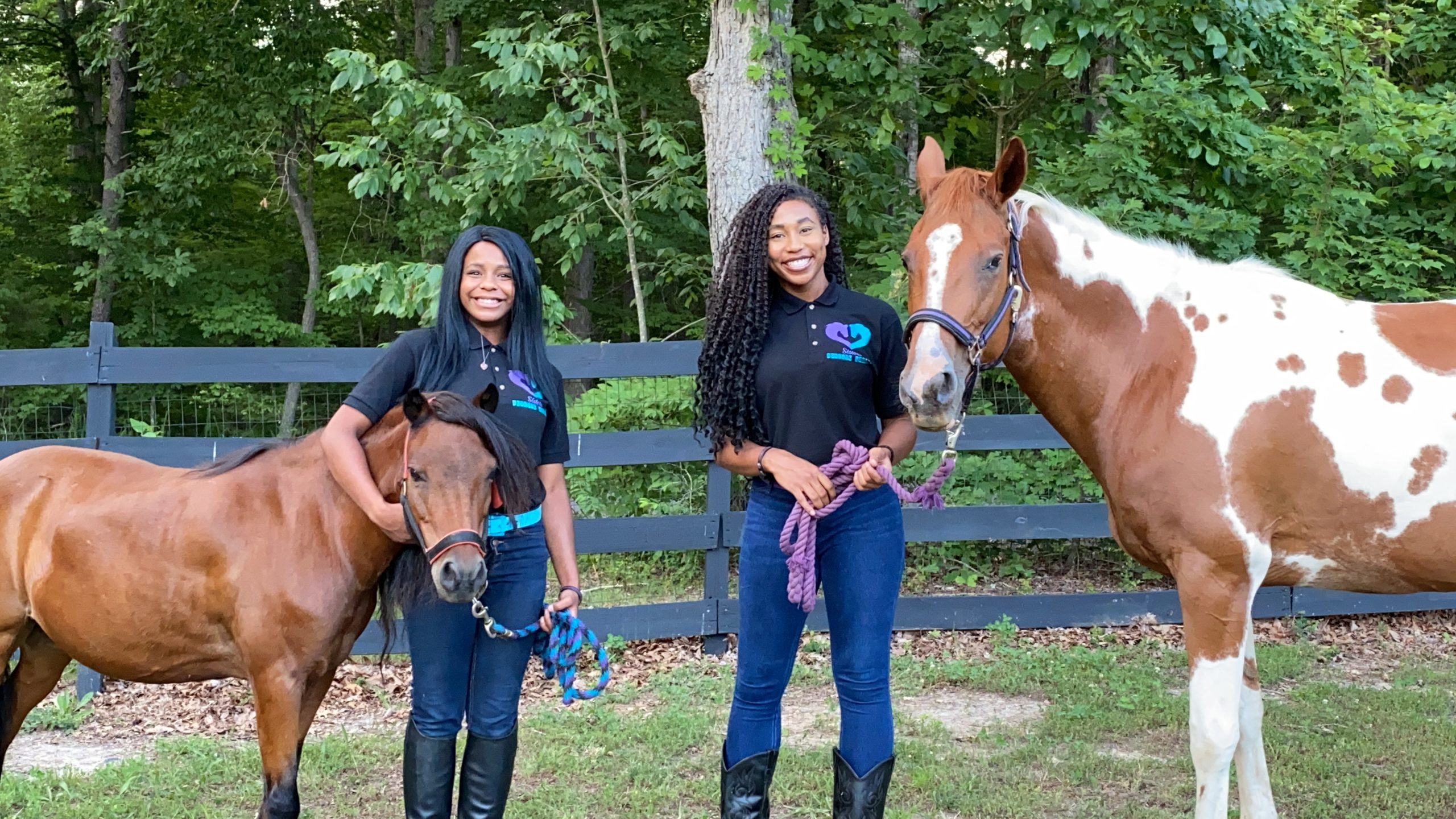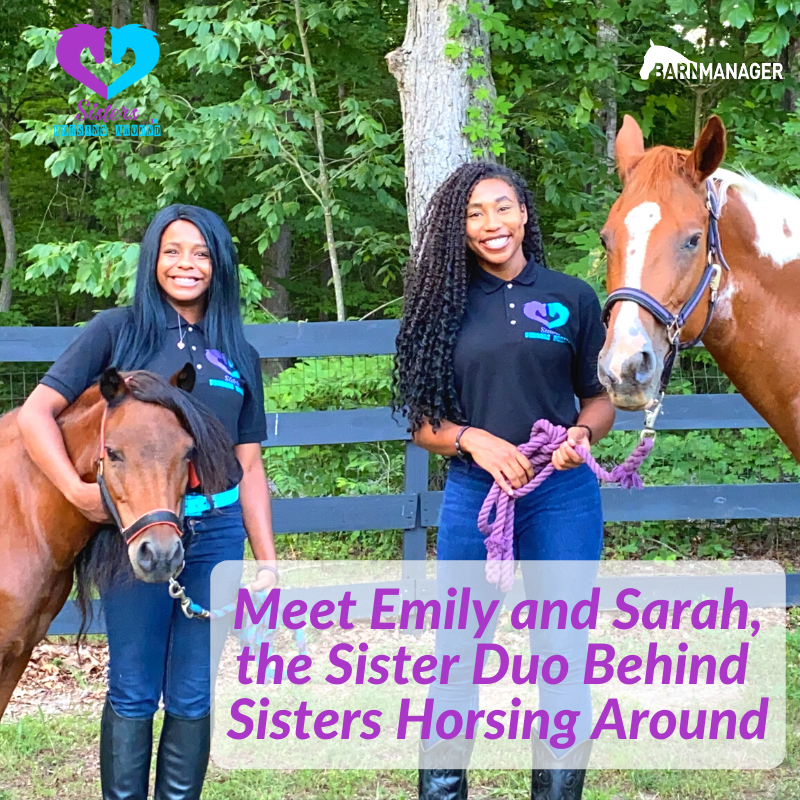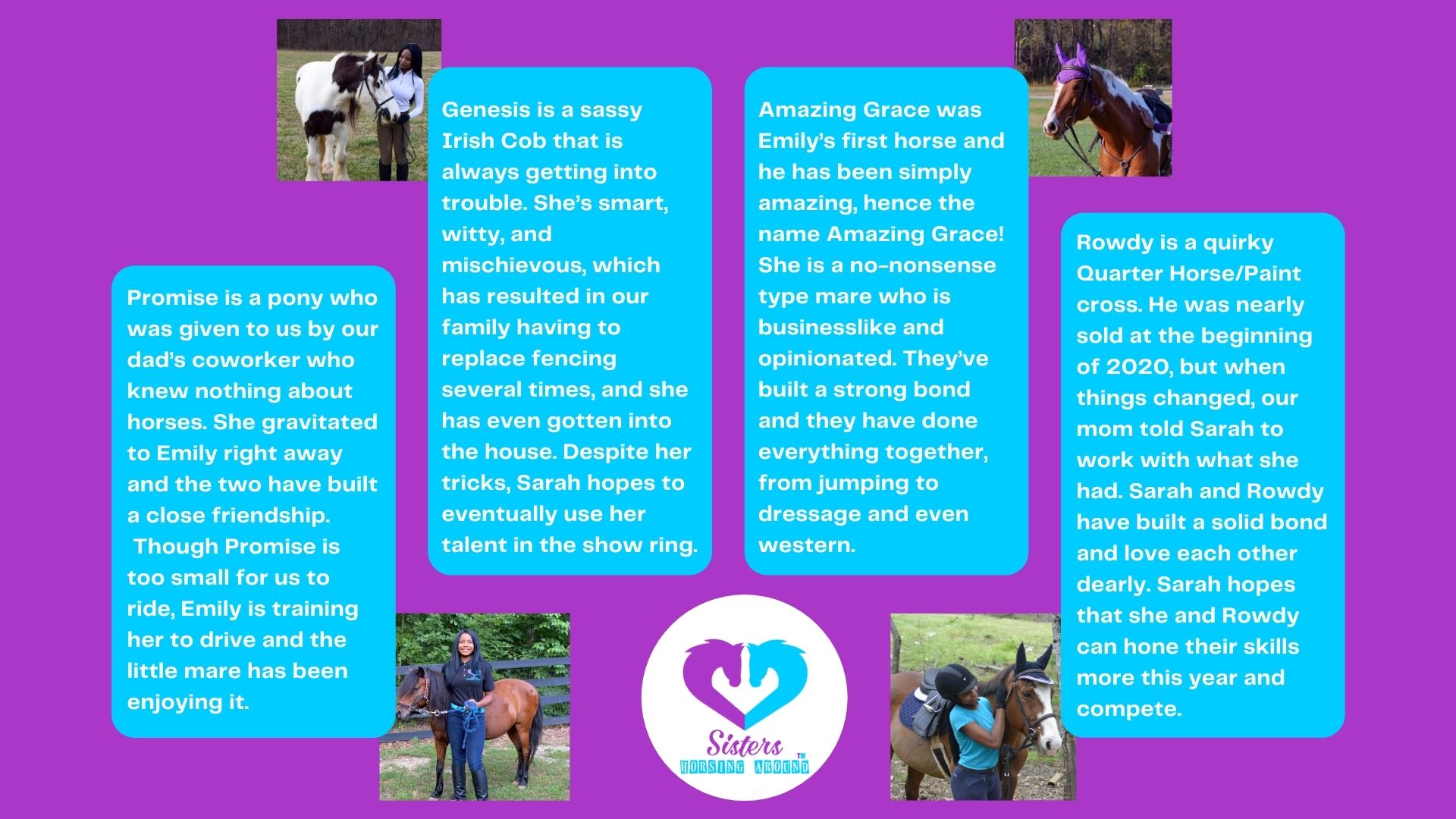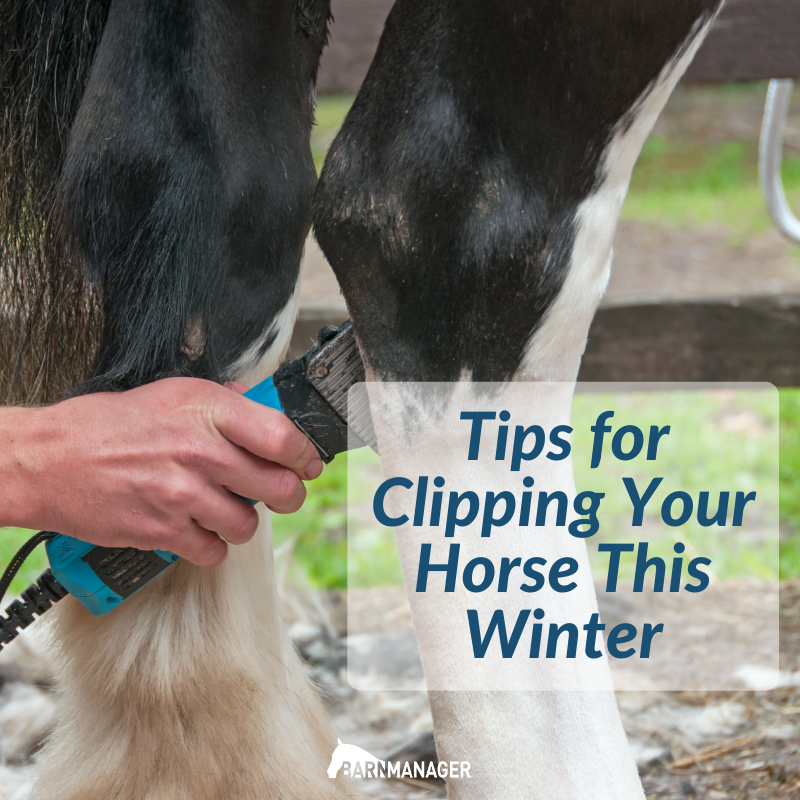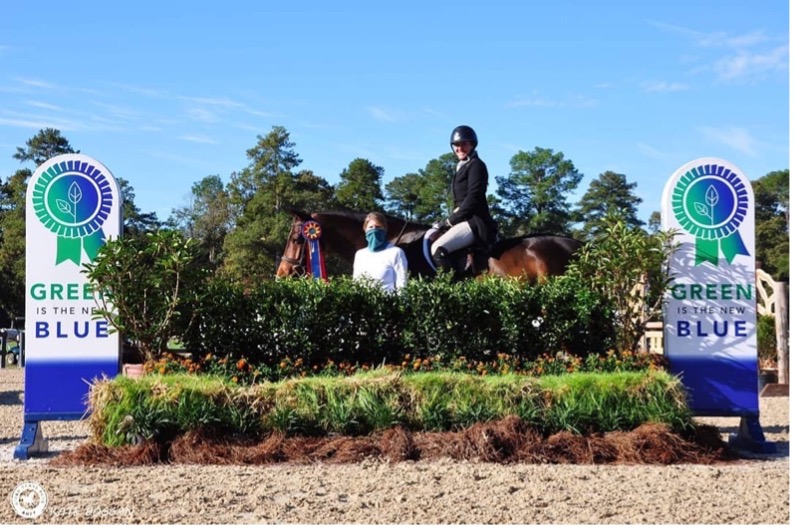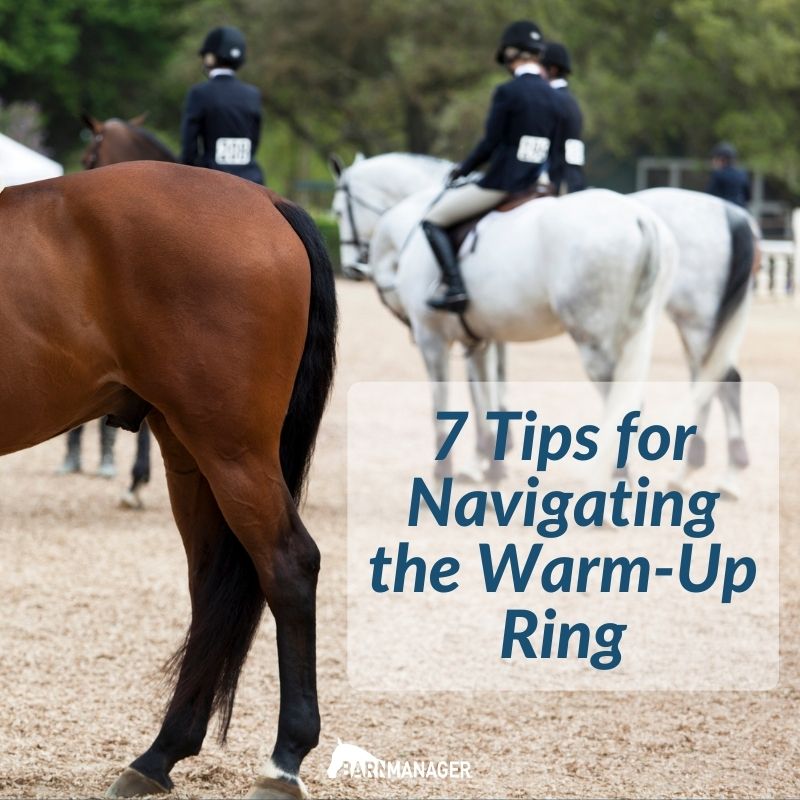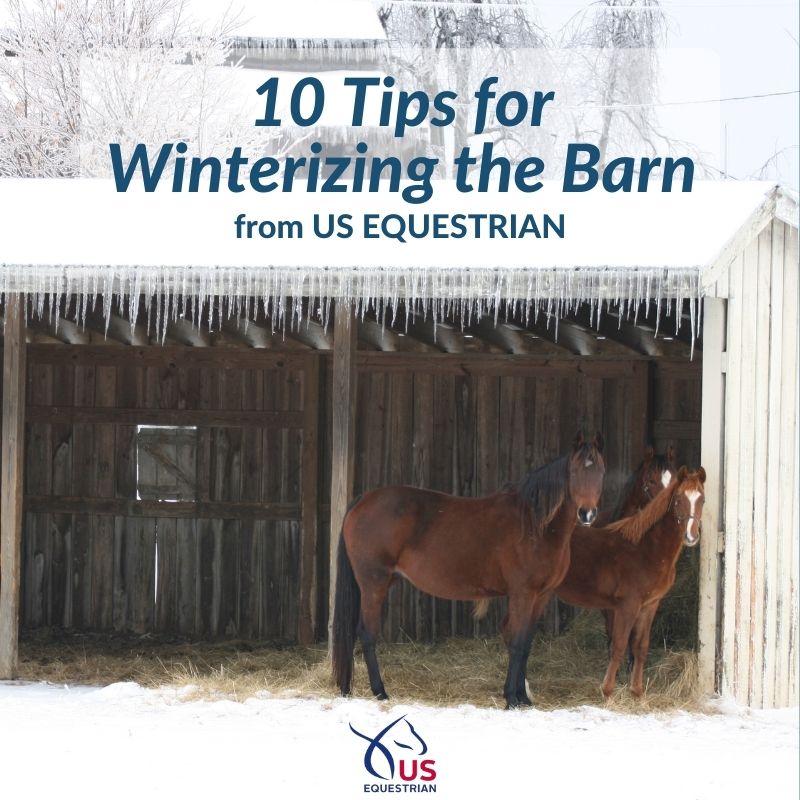The entrance of warmer weather often brings the spark of new life and desire to start fresh. This winter was a tough one in many parts of the country, and it was made even tougher by the ongoing pandemic. With health and sanitation on everyone’s mind and more pleasant weather being ushered in (hopefully), it’s a perfect time to do some spring cleaning.
Spring cleaning can be a daunting task, especially if your barn is large or is made up of many individuals who have belongings taking up space. BarnManager is here to serve as a guide to tidy up your barn and get everyone to pitch in and do their part.
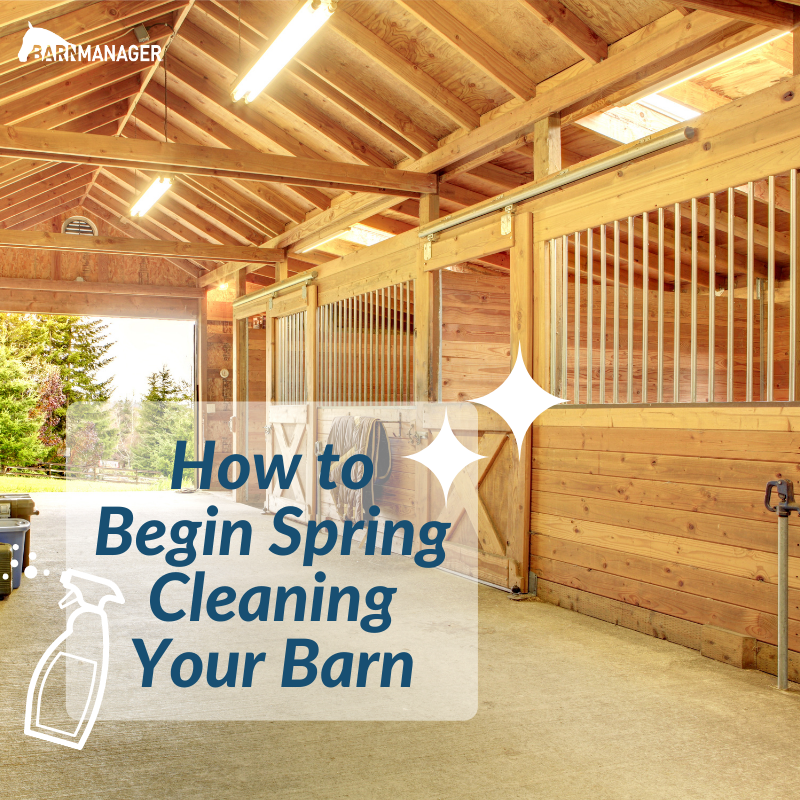
1. Remove winter gear from sight.
Ask everyone to remove their winter belongings from the barn. Once the weather warms up just enough to know winter won’t be sneaking back in, it’s time to put away the blankets, the heavy gloves, and more bulky items that may be taking up space and collecting more dirt than necessary. Designate a small area for riders to drop their blankets to keep them in one place. If the blankets will just be stored until next winter, put an organization system into place that will keep them out of the way but easily accessible for when temperatures drop again.
2. Take everything off the shelves.
Once winter gear is out of the way, it’s time to clean everything else. If you have shelves of stocked with saddle pads, polo wraps, and horse products, take all the items out so you can see the surface below. This way, you can properly dust from the bottom up, getting rid of all the dust that collected during the past year. Also use this step to identify dirty, expired, and damaged items that you can repurpose, dispose of, or repair.
3. Restock the empty, dust-free shelves.
Use a system that makes sense; put the most frequently used products front and center, while less regularly used items can go further back on shelves. You will also notice more easily when items are running low and may need to be replaced.
4. Ask all your clients/students to go through steps two and three with their own trunks.
Ask them to remove all items, get rid of anything unused or unnecessary, and scrub the baseboards of their trunks. While many may not be thrilled, it will help everyone keep their things clean and organized in the long run.
5. Clean all the tack.
Though many riders are responsible for their own tack, every barn has extra tack that may go unused for most of the year. This equipment ends up gathering dust and mold and could easily be refurbished and sold rather than sitting around. Grabbing an old rag and your best tack cleaner and scrub all those extra saddles and bridles that remain will help make your tack room shine. Give all the bits an extra polish to add some sparkle.
6. Sanitize all surfaces.
If we’ve learned anything in 2020, it would be how easily germs can spread. Think of all the surfaces in the barn that multiple people touch on a daily basis. Grab some disinfectant spray and wipe them all down. Kitchen counters, grooming stalls, bathrooms, and other areas should be cleaned regularly.
7. Enjoy the spring weather and your good-as-new barn!
There are few feelings more satisfying than finishing a big cleaning project. Enjoy the fruits of your labor (and the warm weather) by returning to business as usual with a more streamlined and welcoming space.
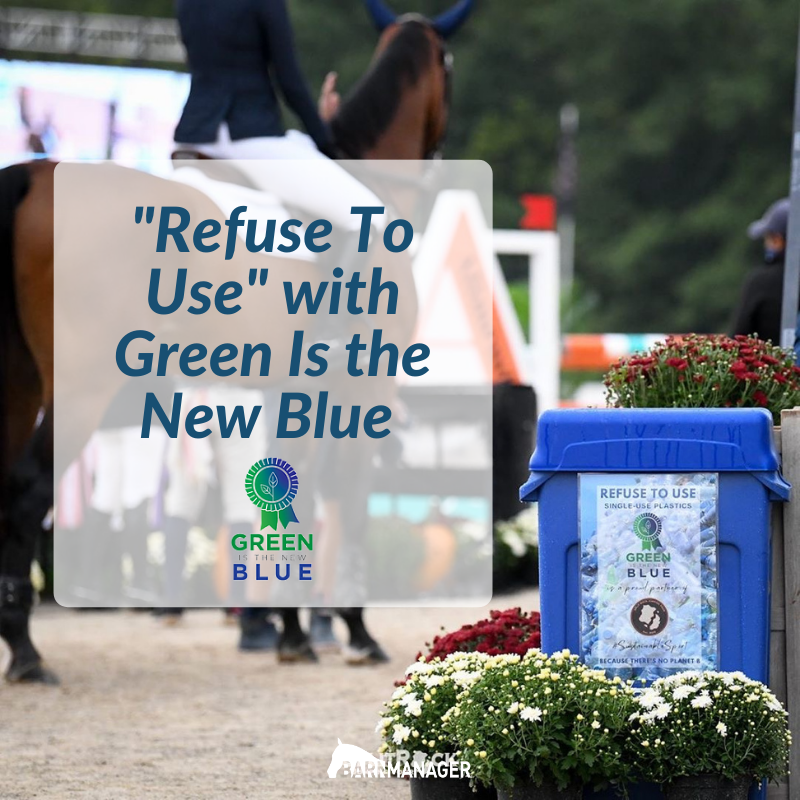
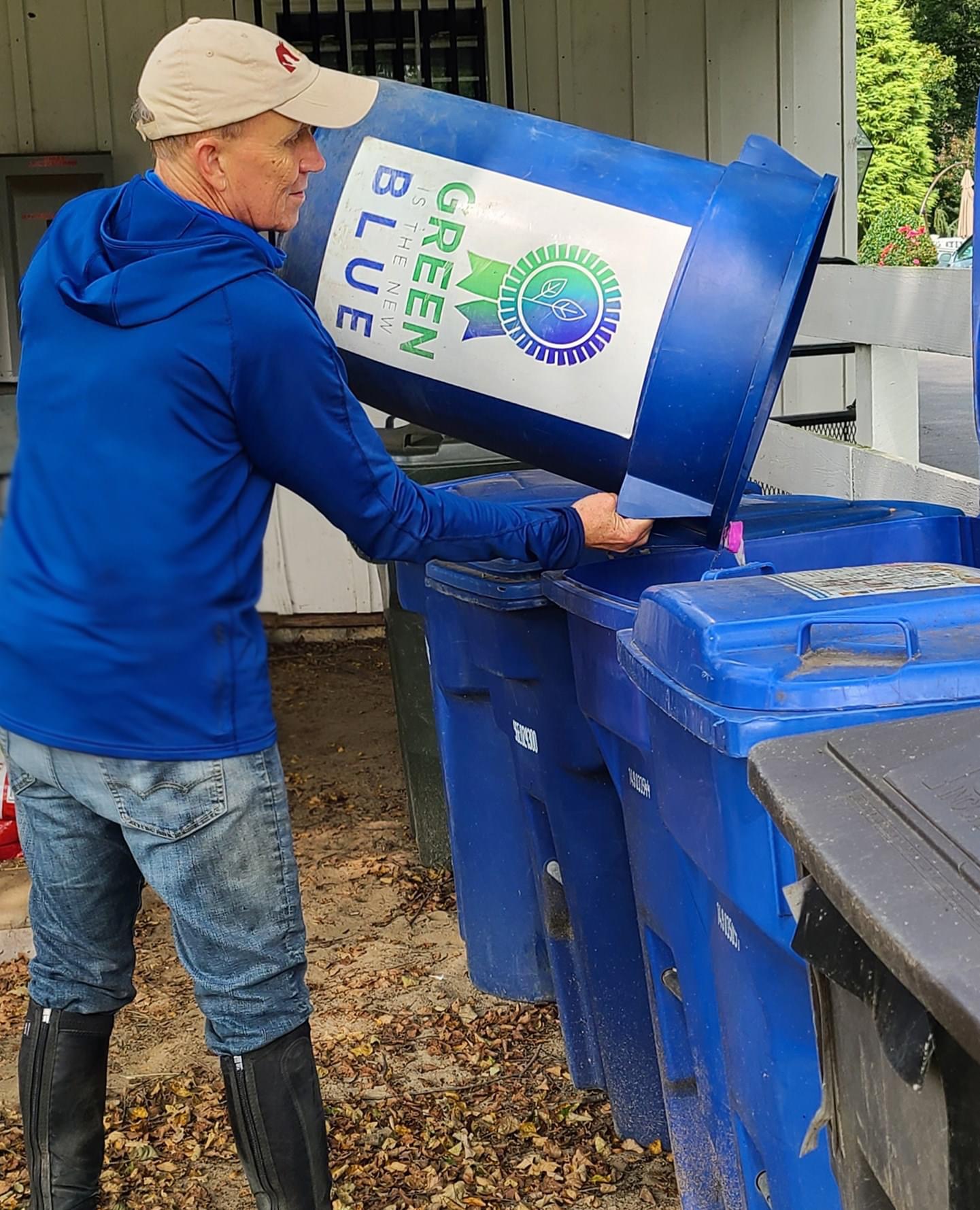
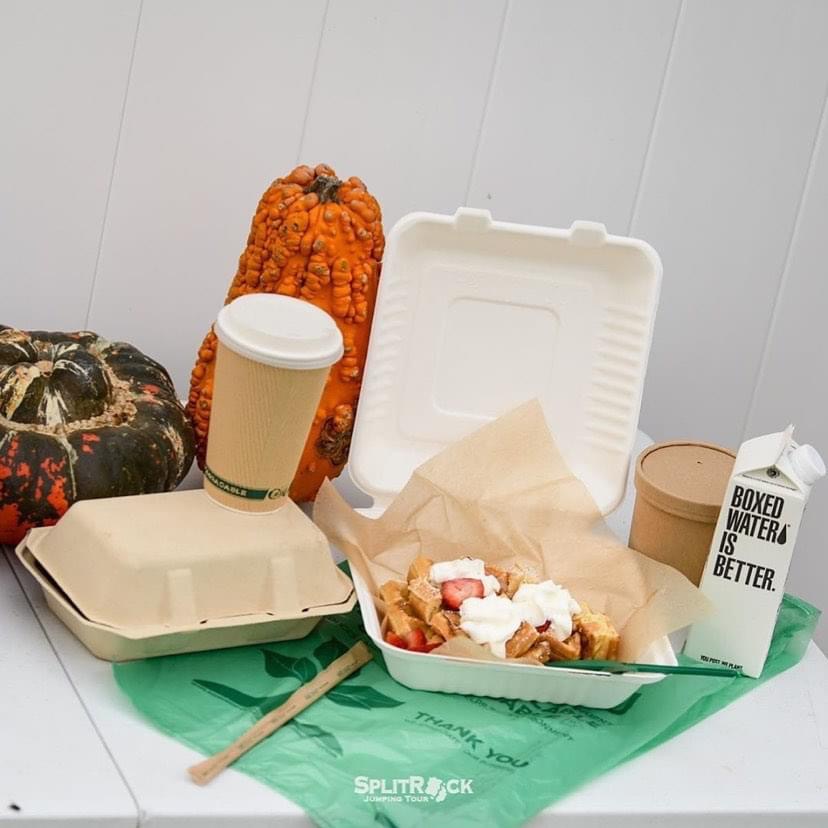
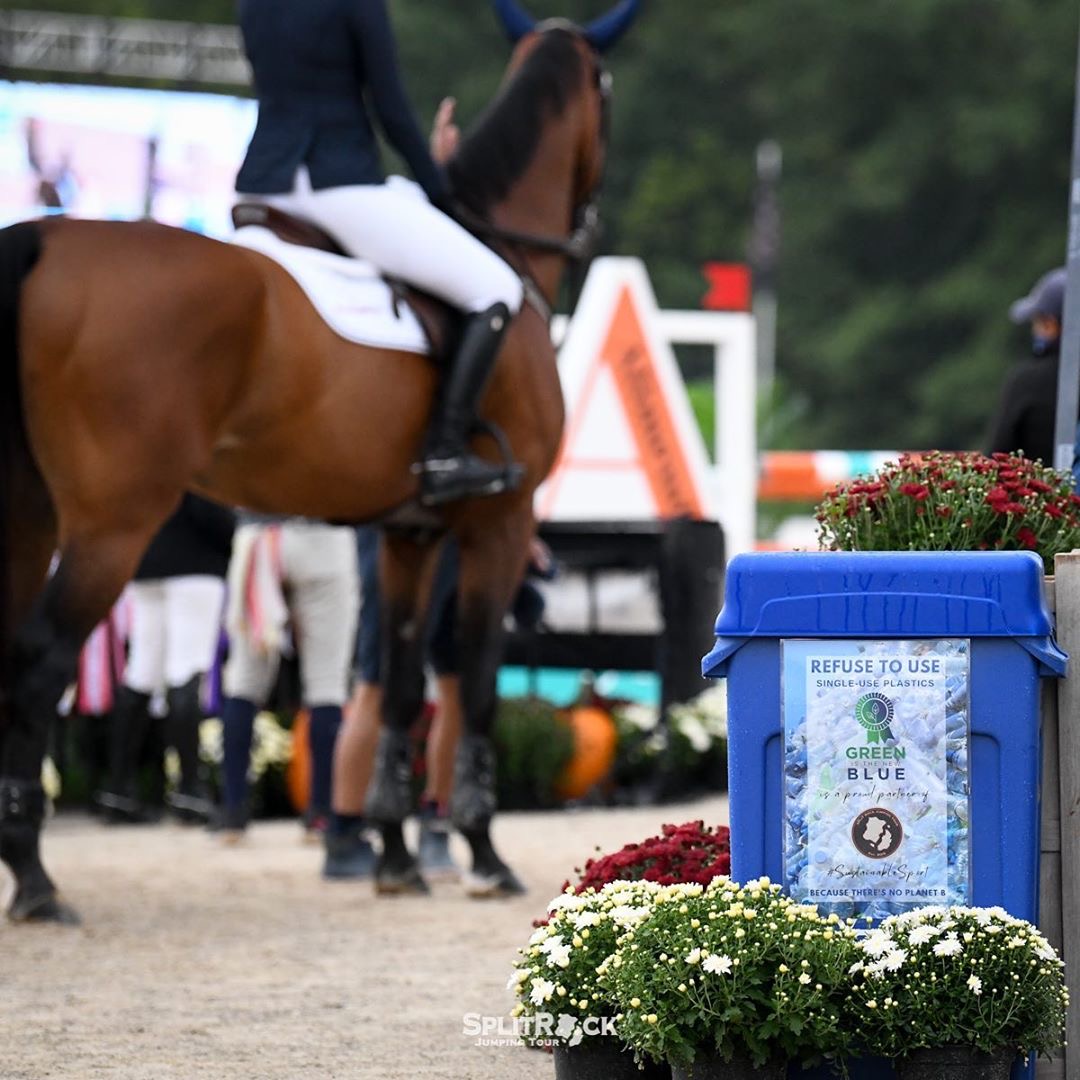 Recycling bins at the ingate of Split Rock Jumping Tour.
Recycling bins at the ingate of Split Rock Jumping Tour.